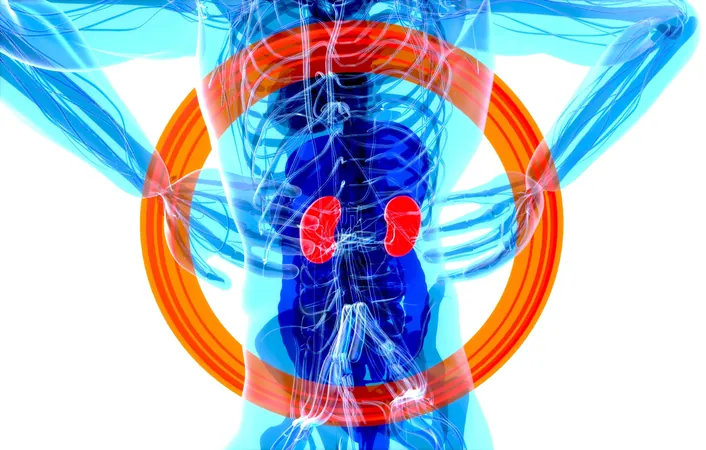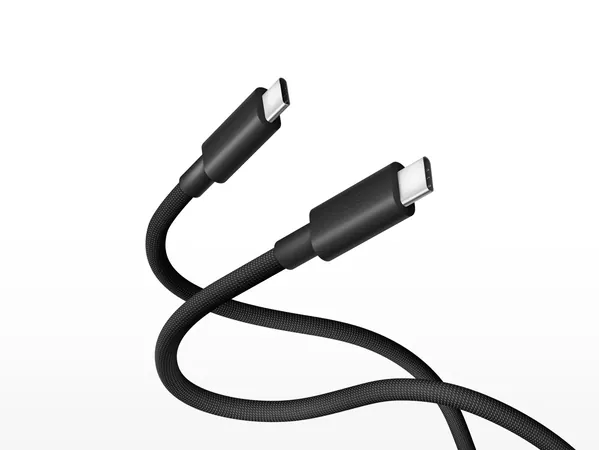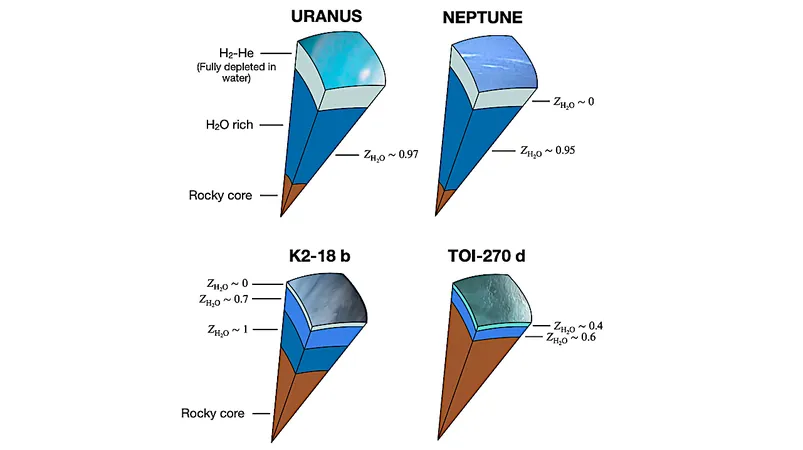
Breakthrough in Kidney Stone Treatment: Ultrasound Technique Cuts Recurrence by 70%!
2024-09-19
Author: Sarah
In a remarkable advancement in medical technology, researchers have discovered that a simple push can significantly alter the outcome for kidney stone patients. A recent study led by UW Medicine has revealed that using a handheld ultrasound device to nudge kidney stone fragments can reduce the chance of recurrence by a staggering 70%.
A troubling fact remains that nearly 50% of individuals who undergo surgical procedures to remove kidney stones still retain small fragments in their kidneys. Alarmingly, around 25% of these patients may face another surgery within five years to tackle the increasingly larger fragments. However, the findings from this innovative study published in the Journal of Urology this August could change the game.
Dr. Jonathan Harper, a urologist at UW Medicine and the senior author of the study, emphasized the significance of their findings: "The main takeaways of this study are that effectively removing fragments can reduce relapse rates, and we are now able to do this through a noninvasive, handheld ultrasound device."
The research involved a rigorous study conducted from May 2015 to April 2024, enrolling 82 participants, predominantly from the UW Medicine and VA Puget Sound health systems. All participants had persistent kidney stone fragments, while their ureters were free from stones. The study design included 40 patients receiving ultrasound treatment aimed at dispersing the fragments and exposing them to natural expulsion, with 42 in a control group receiving no intervention.
The treatment is performed while patients remain awake in a clinic, as doctors utilize a device that emits ultrasonic pulses through the skin to gently move the kidney stone fragments closer to the ureter, facilitating their passage during urination.
This technique is part of a broader technological effort led by Dr. Harper and his co-leader, Dr. Mathew Sorensen, who have dedicated 15 years to perfecting this innovative solution. They previously published successful outcomes of a similar technology called burst wave lithotripsy, which breaks larger stones into smaller pieces for easier removal.
Both techniques are integrated into the same ultrasound platform, showing great promise for the future of kidney stone treatment. Harper expressed optimism for widespread clinical adoption of this technology, highlighting its potential to transform the management of kidney stones. A company, SonoMotion, is currently commercializing this groundbreaking approach, developed at the University of Washington.
"I can envision this treatment becoming as routine as a dental cleaning,” Harper stated. “Just imagine if you could resolve minor kidney stone issues in a quick 30-minute office appointment, avoiding future complications altogether. This truly has the potential to revolutionize kidney stone therapy."
As the medical community eagerly awaits further developments, patients suffering from kidney stones may soon have an effective, less invasive treatment option on the horizon—bringing hope to countless individuals who contend with this painful condition.


 Brasil (PT)
Brasil (PT)
 Canada (EN)
Canada (EN)
 Chile (ES)
Chile (ES)
 Česko (CS)
Česko (CS)
 대한민국 (KO)
대한민국 (KO)
 España (ES)
España (ES)
 France (FR)
France (FR)
 Hong Kong (EN)
Hong Kong (EN)
 Italia (IT)
Italia (IT)
 日本 (JA)
日本 (JA)
 Magyarország (HU)
Magyarország (HU)
 Norge (NO)
Norge (NO)
 Polska (PL)
Polska (PL)
 Schweiz (DE)
Schweiz (DE)
 Singapore (EN)
Singapore (EN)
 Sverige (SV)
Sverige (SV)
 Suomi (FI)
Suomi (FI)
 Türkiye (TR)
Türkiye (TR)
 الإمارات العربية المتحدة (AR)
الإمارات العربية المتحدة (AR)